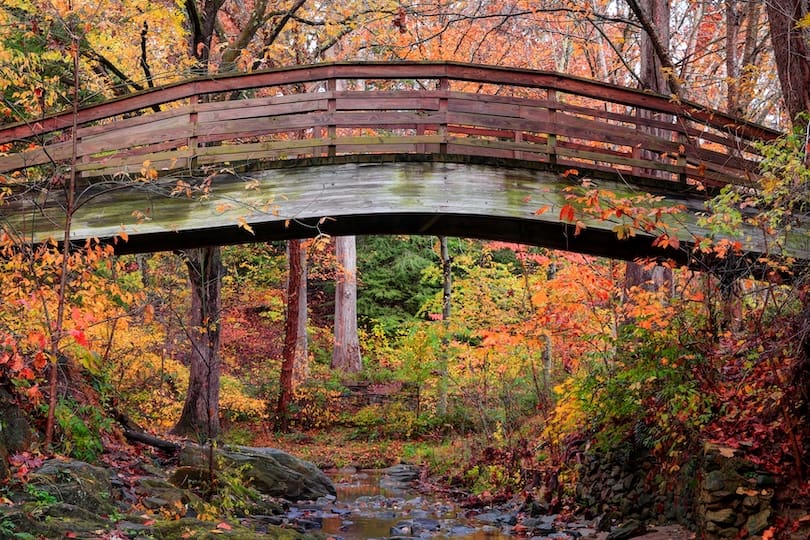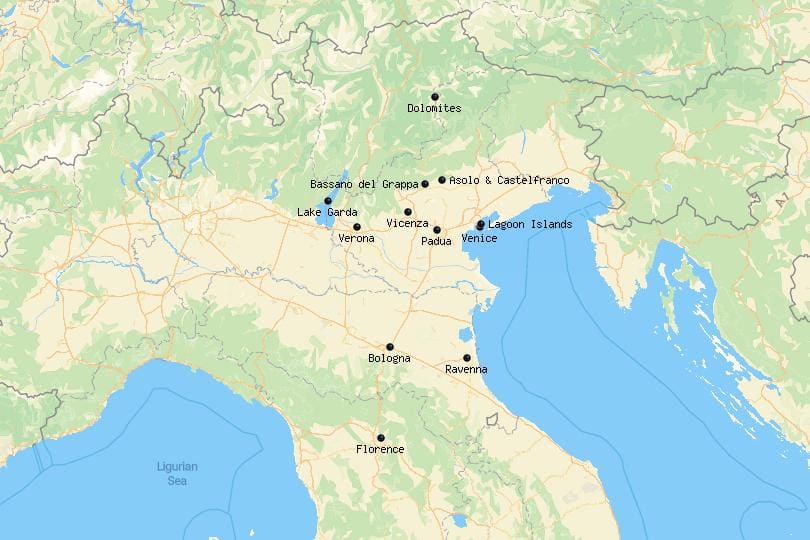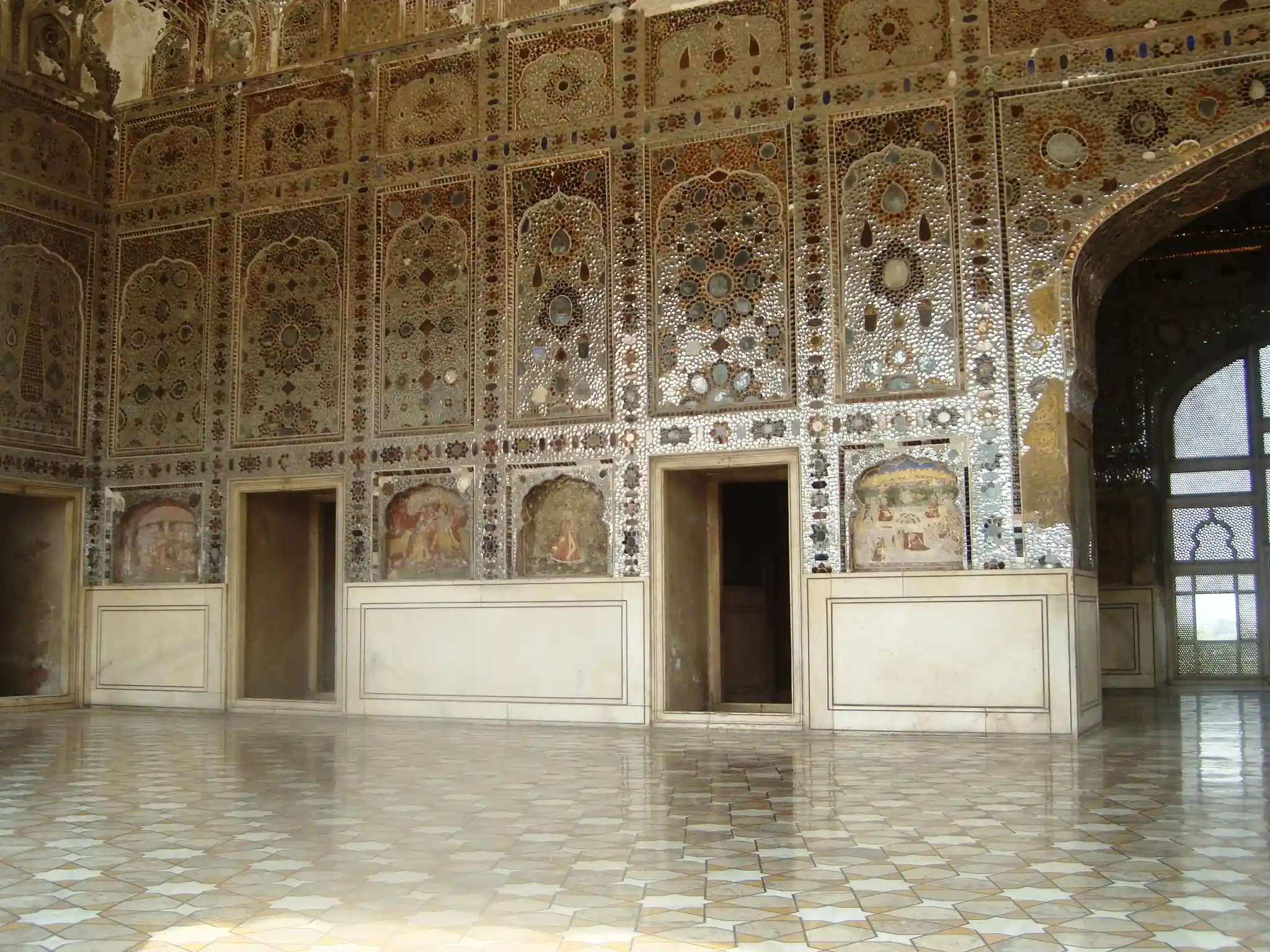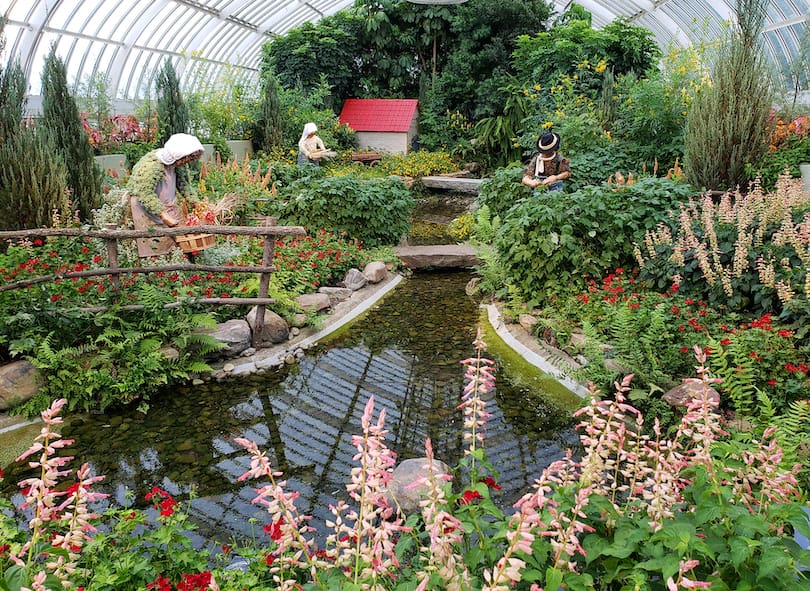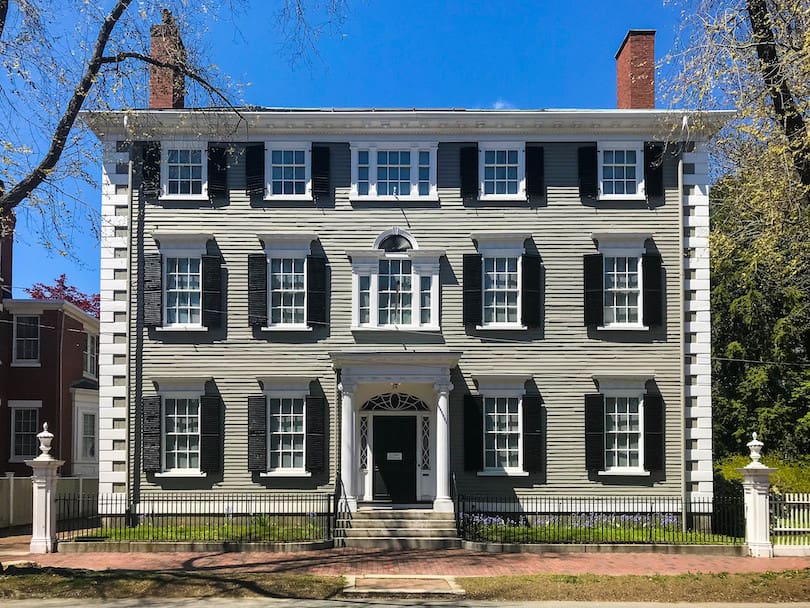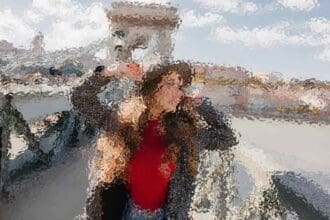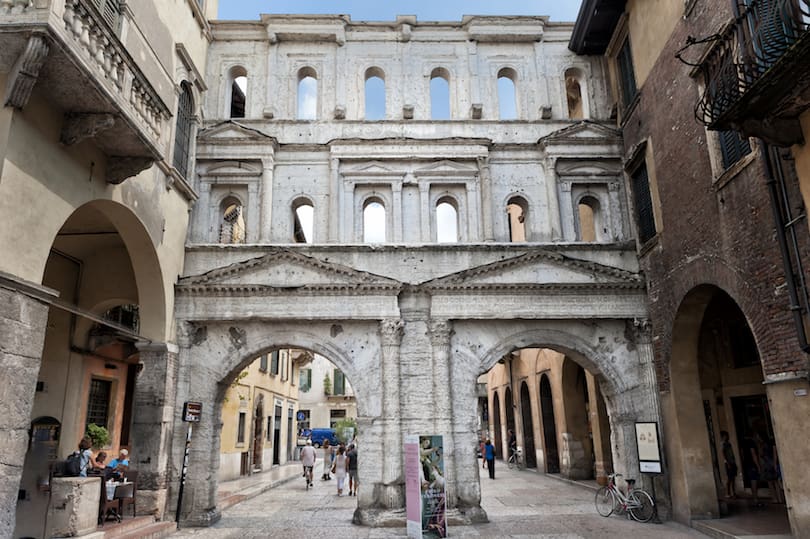Explore the Indo-Portuguese Museum, Kochi, which showcases the fascinating historical and cultural fusion between India and Portugal. Uncover the rich heritage and artifacts from the bygone era, making it a must-visit destination for history enthusiasts.
Introduction
Welcome to the Indo-Portuguese Museum, Kochi, where the pages of history come alive, telling tales of the vibrant and enduring cultural exchange between India and Portugal. Situated in the coastal city of Kochi, Kerala, this museum is a treasure trove of artifacts and relics that reflect the Indo-Portuguese legacy. The museum’s architecture itself exudes an old-world charm, offering visitors a glimpse into the past.
Kochi, also known as Cochin, has been a pivotal city in India’s history due to its strategic location along the Arabian Sea. Over the centuries, various cultures, including the Portuguese, have left their indelible mark on this coastal gem. Today, the Indo-Portuguese Museum stands as a testament to the rich heritage and the mingling of cultures that have shaped Kochi’s identity.
A Fusion of Cultures: Indo-Portuguese History
Delve into the captivating history of the Indo-Portuguese Museum, Kochi, as we explore the confluence of Indian and Portuguese cultures.
1. The Arrival of the Portuguese
The early 16th century marked the beginning of the Portuguese presence in India, led by the legendary Vasco da Gama. They arrived on the shores of Kochi, establishing a maritime trade route that opened doors to a long-lasting cultural amalgamation.
As the Portuguese merchants and sailors set foot on the Malabar Coast, they were enchanted by the exotic spices, textiles, and riches of India. Their interactions with the local populace paved the way for a unique cultural exchange.
2. Kochi – The Epicenter of Indo-Portuguese Trade
Kochi emerged as a prominent trading hub, attracting merchants from across the globe. The city’s strategic location and bustling port made it a melting pot of diverse cultures. Indo-Portuguese trade flourished, leading to a blend of customs, traditions, and architectural styles.
The Portuguese brought with them new technologies, ideas, and artistic influences that left an indelible impact on Kochi’s landscape. At the same time, they adopted Indian practices, resulting in a harmonious fusion of cultures.
3. Indo-Portuguese Architecture
One of the most striking elements of this cultural amalgamation is the architecture that adorns Kochi’s landscape. From majestic churches to grand colonial mansions, the Indo-Portuguese influence is evident in these structures.
The Santa Cruz Basilica, an iconic landmark in Kochi, showcases a mix of Portuguese and Indian architectural styles. The use of wood carvings, ornate facades, and traditional Indian motifs on the church’s interior walls exemplify the fusion of cultures.
4. The Influence on Art and Cuisine
The Indo-Portuguese encounter also left an indelible mark on art and cuisine. This cultural exchange birthed unique art forms, such as the Indo-Portuguese ivory carvings and the famous Kerala mural paintings with European influences.
Moreover, the Portuguese introduced several ingredients to the Indian palate, including chilies, potatoes, and tomatoes, revolutionizing Indian cuisine forever. The fusion of Indian spices with Portuguese cooking techniques resulted in a delectable blend of flavors.
5. The Decline and Legacy
Despite the enduring Indo-Portuguese influence, the Portuguese presence in India declined over the centuries. The British East India Company gradually gained control over various regions, leading to the ultimate end of Portuguese rule in India.
However, the legacy of the Indo-Portuguese era lives on through art, architecture, and traditions. The Indo-Portuguese Museum, Kochi, serves as a guardian of this heritage, preserving the memories of a bygone era.
Exploring the Indo-Portuguese Museum
6. The Building – A Journey Back in Time
As you step into the Indo-Portuguese Museum, you’ll be mesmerized by the antique structure that reflects a blend of Indian and Portuguese architectural elements. The museum’s design itself is a significant piece of history.
The building, formerly the Bishop’s House, was constructed in the late 16th century and later renovated in the early 20th century. The architecture showcases a fascinating amalgamation of European and Indian styles, with its wooden balconies, tiled roofs, and sloping eaves.
7. The Galleries – Unraveling the Past
The museum houses several galleries, each dedicated to different aspects of the Indo-Portuguese history. Let’s explore them one by one.
a. Gallery of Maritime History
Step into the past and witness the maritime glory that connected two distant lands. This gallery showcases ancient navigational instruments, ship models, and tales of adventurous sea voyages.
As you gaze upon the intricate ship models, you can almost hear the sounds of the ocean, envisioning the bravery and determination of explorers who sailed vast distances to forge connections between continents.
b. Religious Relics Gallery
Discover the religious harmony that prevailed during the Indo-Portuguese era. This gallery exhibits artifacts from various religious communities, exemplifying unity in diversity.
The religious relics on display range from intricately carved wooden statues of Christian saints to Hindu deities adorned with Portuguese-inspired jewelry. It showcases the syncretic nature of faith during that era.
c. Indo-Portuguese Artifacts Gallery
Experience the richness of the past through a captivating collection of artifacts, including furniture, coins, weapons, and everyday objects that adorned the lives of people from that time.
The artifacts are a glimpse into the daily lives of people during the Indo-Portuguese era. From traditional Portuguese furniture with intricate carvings to ancient Indian coins minted during that time, every item has a story to tell.
8. Museum Library – A Treasure Trove of Knowledge
Indulge in a world of literature and history at the museum library, where a vast collection of books and documents awaits your curious mind.
The library houses rare manuscripts, historical texts, and academic research on the Indo-Portuguese culture and history. Whether you are a scholar or a curious enthusiast, the library offers a wealth of information to satiate your thirst for knowledge.
Experiencing the Indo-Portuguese Culture
9. Cultural Events and Workshops
Immerse yourself in the Indo-Portuguese culture through interactive workshops, performances, and cultural events that the museum hosts regularly.
From dance and music performances showcasing the diverse cultural influences to art workshops that encourage creativity, these events offer an immersive experience of the Indo-Portuguese heritage.
10. Souvenir Shop – Take a Piece of History Home
Before you leave, don’t forget to visit the souvenir shop, offering a delightful selection of memorabilia that celebrates the Indo-Portuguese heritage.
From artistic souvenirs depicting iconic landmarks to handicrafts that mirror the fusion of cultures, the shop allows visitors to take home a piece of history and cherish the memories of their museum visit.
Frequently Asked Questions (FAQs)
FAQ 1: What are the Indo-Portuguese Museums’ timings?
The museum is open from Tuesday to Sunday, 10:00 AM to 5:00 PM.
FAQ 2: Is photography allowed inside the museum?
Yes, visitors are allowed to take non-flash photographs for personal use.
FAQ 3: How much is the entry fee for the museum?
The entry fee for Indian nationals is Rs. 50, and for foreign nationals, it is Rs. 200.
FAQ 4: Are guided tours available?
Yes, the museum offers guided tours for a more informative and enriching experience.
FAQ 5: Is the museum accessible for differently-abled visitors?
Yes, the museum is wheelchair accessible to ensure all visitors can enjoy its offerings.
FAQ 6: Can I host private events at the museum?
Yes, the museum allows the hosting of private events, but prior permission and coordination are necessary.
Conclusion
The Indo-Portuguese Museum, Kochi, stands as a testament to the harmonious blend of two great cultures, leaving a lasting impact on India’s history. Exploring this cultural haven will transport you to a bygone era, where time stood still, and art, architecture, and traditions thrived in unison. Plan your visit to the Indo-Portuguese Museum and embark on an enchanting journey through time.


